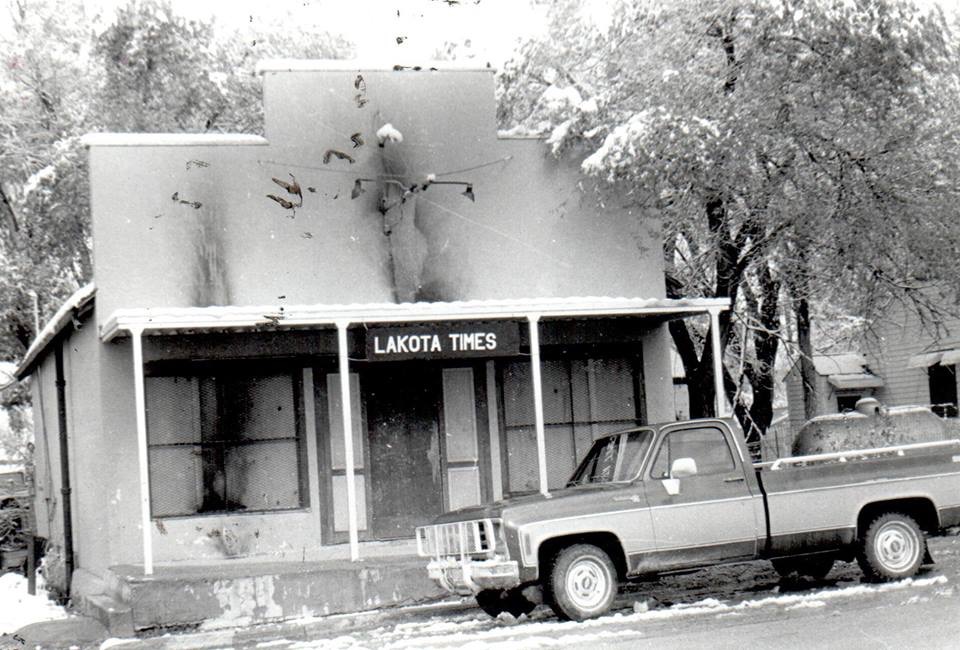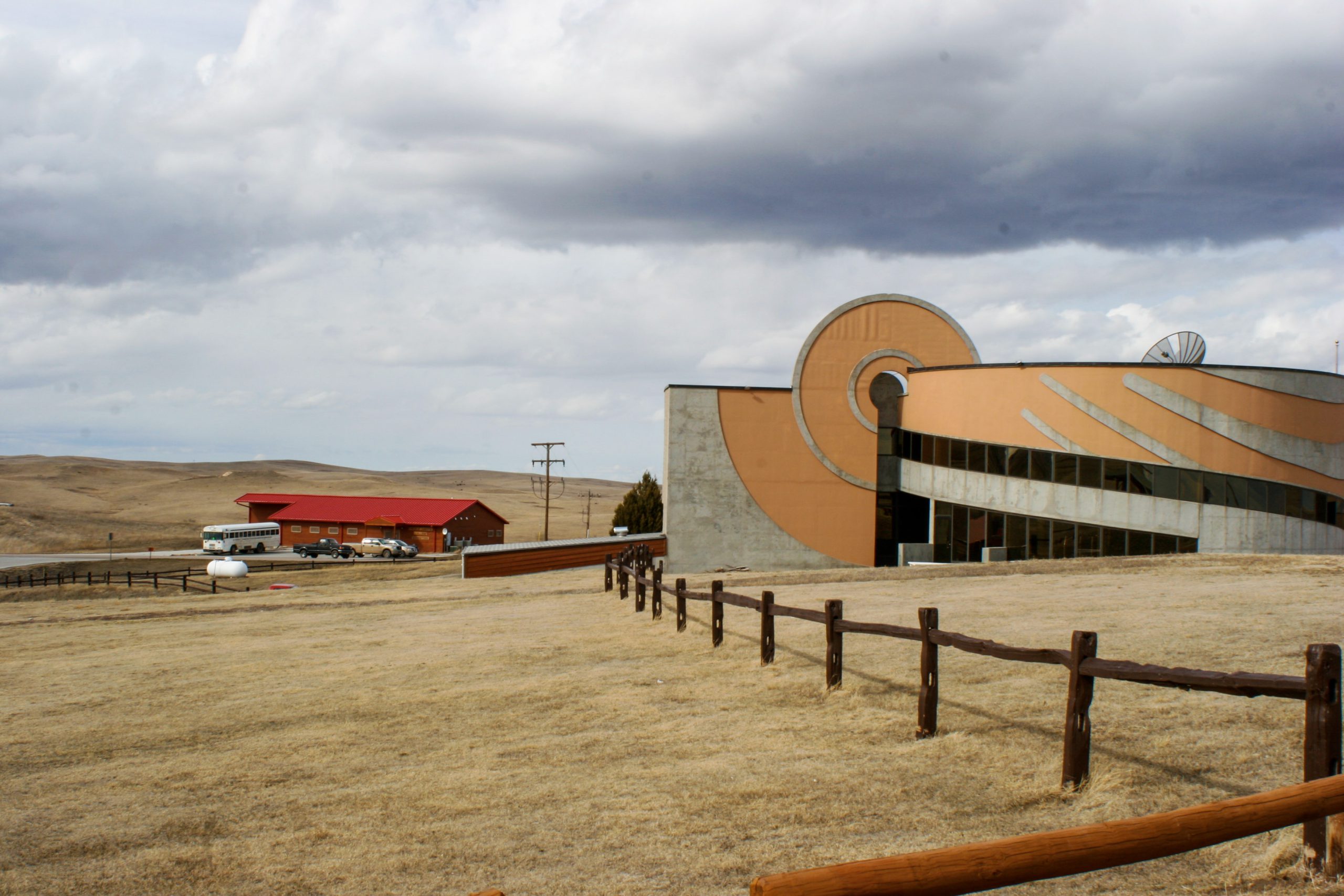Indianz.Com > News > Tim Giago: The aftermath of the occupation at Wounded Knee

The aftermath of Wounded Knee
Wednesday, January 12, 2022
The television cameras were all packed away and stuffed into the trunks of the rental cars. Notebooks were crammed into briefcases and alongside of the cameras, packed in rental cars headed for Rapid City. The violent takeover of Wounded Knee began on February 27, 1973.
New York Times journalist Bill Kovach, covering the Wounded Knee takeover, made the in-house news of the Times when his Hertz Rental car, parked at Wounded Knee, was stripped of everything strippable and left on blocks on the outskirts of the village. The Times in- house story about the perils of Kovach was titled, “Bury My Hertz at Wounded Knee.”
All of the journalists from places far away from Wounded Knee wrongfully assumed that since the occupiers decided to abandon Wounded Knee the story was ended. They weren’t there to watch the occupiers file out of Wounded Knee in a line of cars only to be stopped and searched by the U.S. Marshals. The Marshals confiscated all of the loot and stolen works of art that the occupiers had squirreled away in their cars hoping to make a quick profit on them.
They recovered priceless works of art by such great Lakota artists as Andrew Standing Soldier, Felix Walks Under the Ground, Richard Red Owl and Hobart Keith. All in all they confiscated 42 works of art from the occupiers.



Tim Giago is the Publisher of Native Sun News Today. He was a Nieman Fellow at Harvard with the Class of 1991 and the recipient of many journalism awards including the H. L. Mencken Award. He can be reached at najournalist1@gmail.com
Note: Content © Tim Giago
Search
Filed Under
Tags
More Headlines
‘Thank you for your leadership’: Sen. Lisa Murkowski (R-Alaska) to Sen. Brian Schatz (D-Hawaii)
Senate Committee on Indian Affairs Organizational Business Meeting
Alaska Beacon: Trump administration faces lawsuit over tribal gaming facility
Native America Calling: Medicaid’s next chapter in Indian Country
H.R.43, the Alaska Native Village Municipal Lands Restoration Act
H.R.42, the Alaska Native Settlement Trust Eligibility Act
H.R.226, the Eastern Band of Cherokee Historic Lands Reacquisition Act
House Subcommittee on Indian and Insular Affairs holds first hearing
Native America Calling: Rising home insurance rates put more Native Americans at risk
Citizen of Navajo Nation tapped for Indian Affairs post
Native America Calling: Native Bookshelf with Ann-Helén Laestadius
‘Collateral damage’: Indian education roiled by President Trump’s anti-DEI directives
Secretary Doug Burgum takes over Department of the Interior
Health and Human Services nominee responds to written questions about Indian health
Senate Committee on Indian Affairs schedules first meeting of 119th Congress
More Headlines
Senate Committee on Indian Affairs Organizational Business Meeting
Alaska Beacon: Trump administration faces lawsuit over tribal gaming facility
Native America Calling: Medicaid’s next chapter in Indian Country
H.R.43, the Alaska Native Village Municipal Lands Restoration Act
H.R.42, the Alaska Native Settlement Trust Eligibility Act
H.R.226, the Eastern Band of Cherokee Historic Lands Reacquisition Act
House Subcommittee on Indian and Insular Affairs holds first hearing
Native America Calling: Rising home insurance rates put more Native Americans at risk
Citizen of Navajo Nation tapped for Indian Affairs post
Native America Calling: Native Bookshelf with Ann-Helén Laestadius
‘Collateral damage’: Indian education roiled by President Trump’s anti-DEI directives
Secretary Doug Burgum takes over Department of the Interior
Health and Human Services nominee responds to written questions about Indian health
Senate Committee on Indian Affairs schedules first meeting of 119th Congress
More Headlines